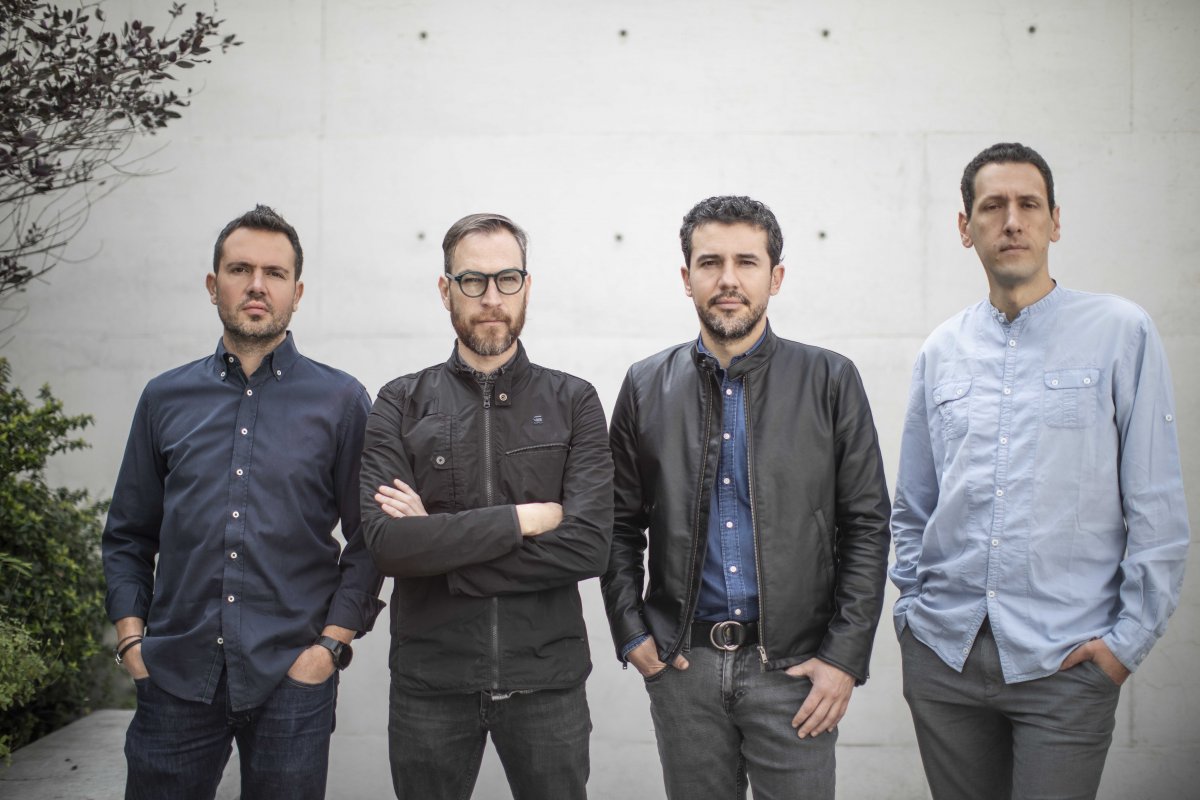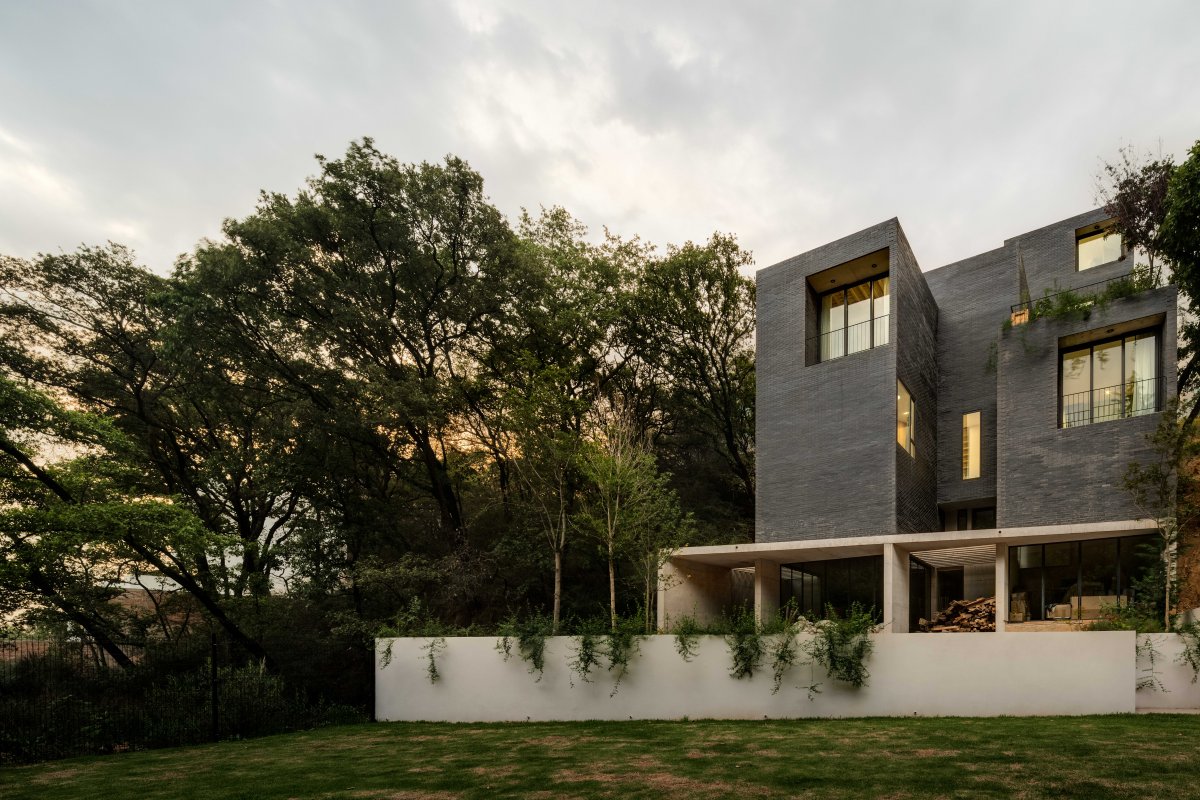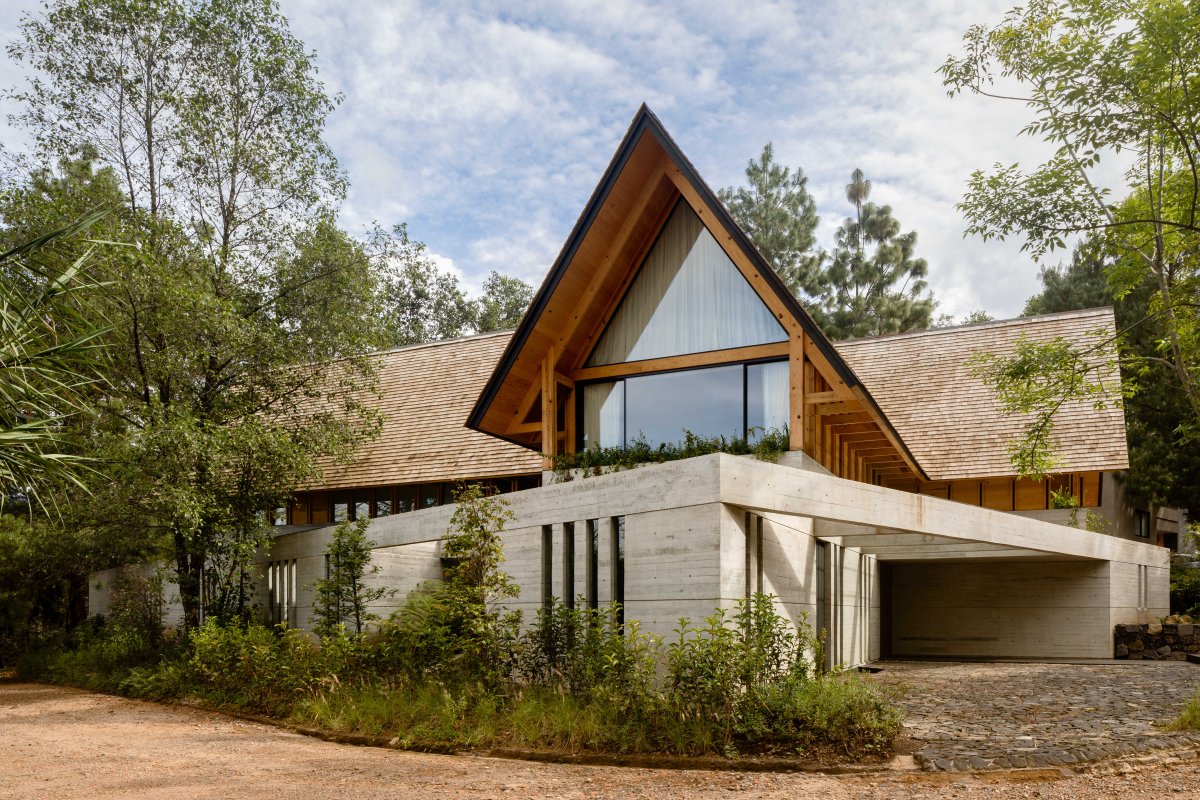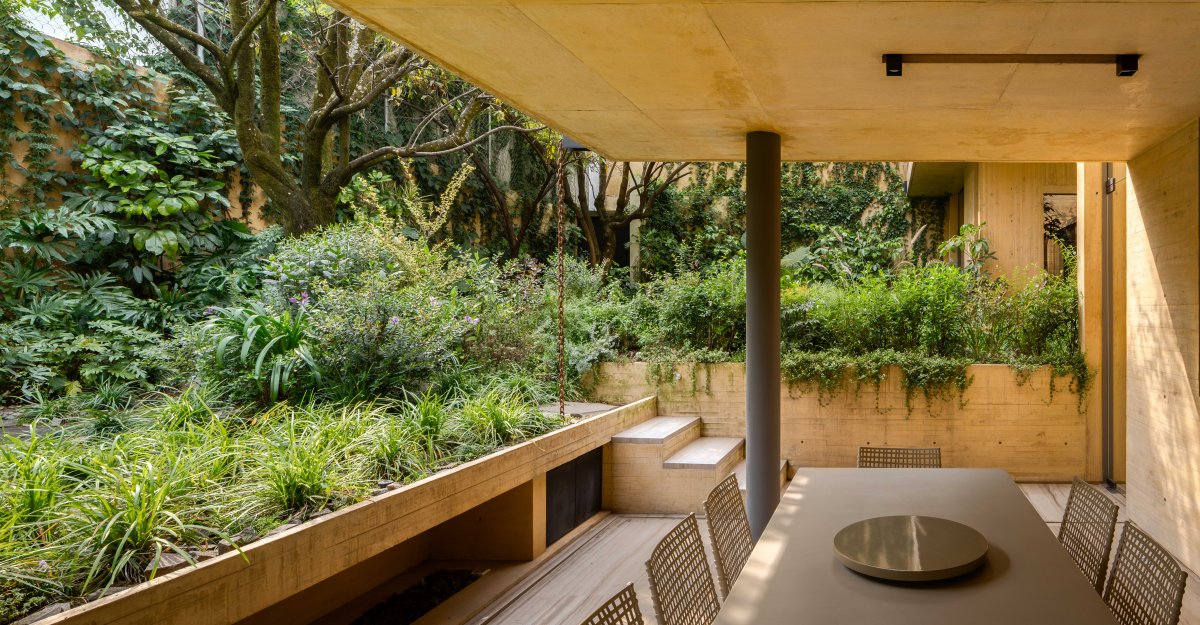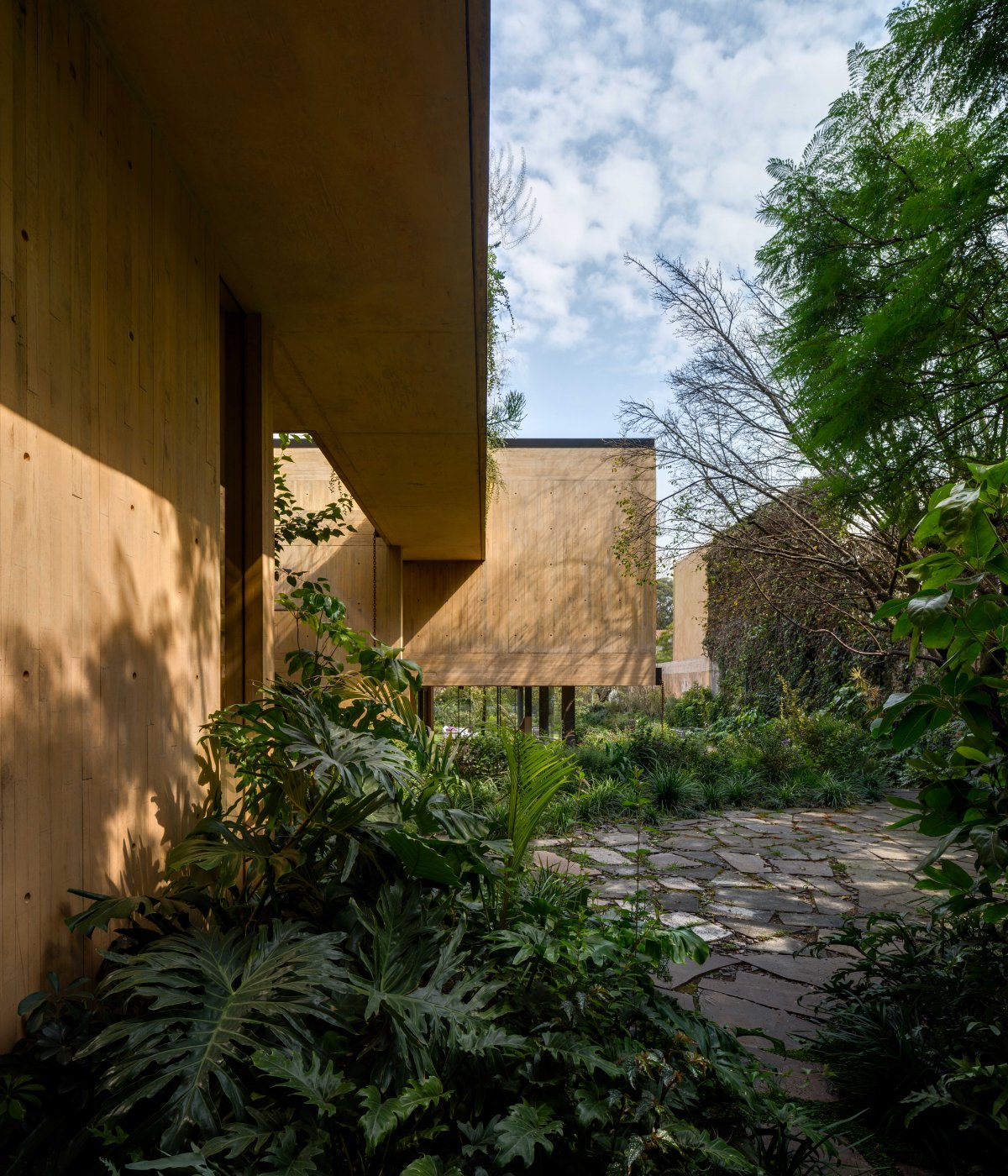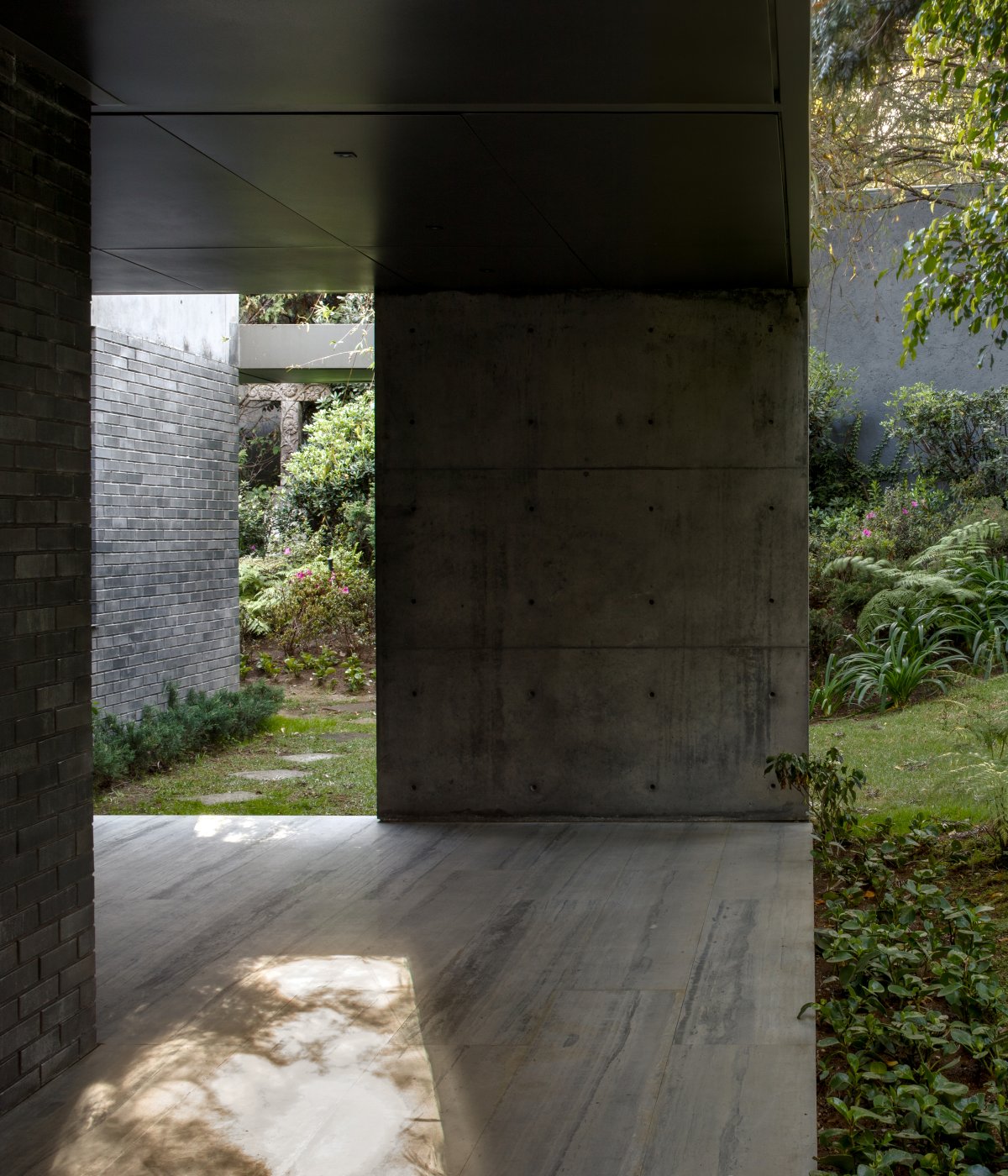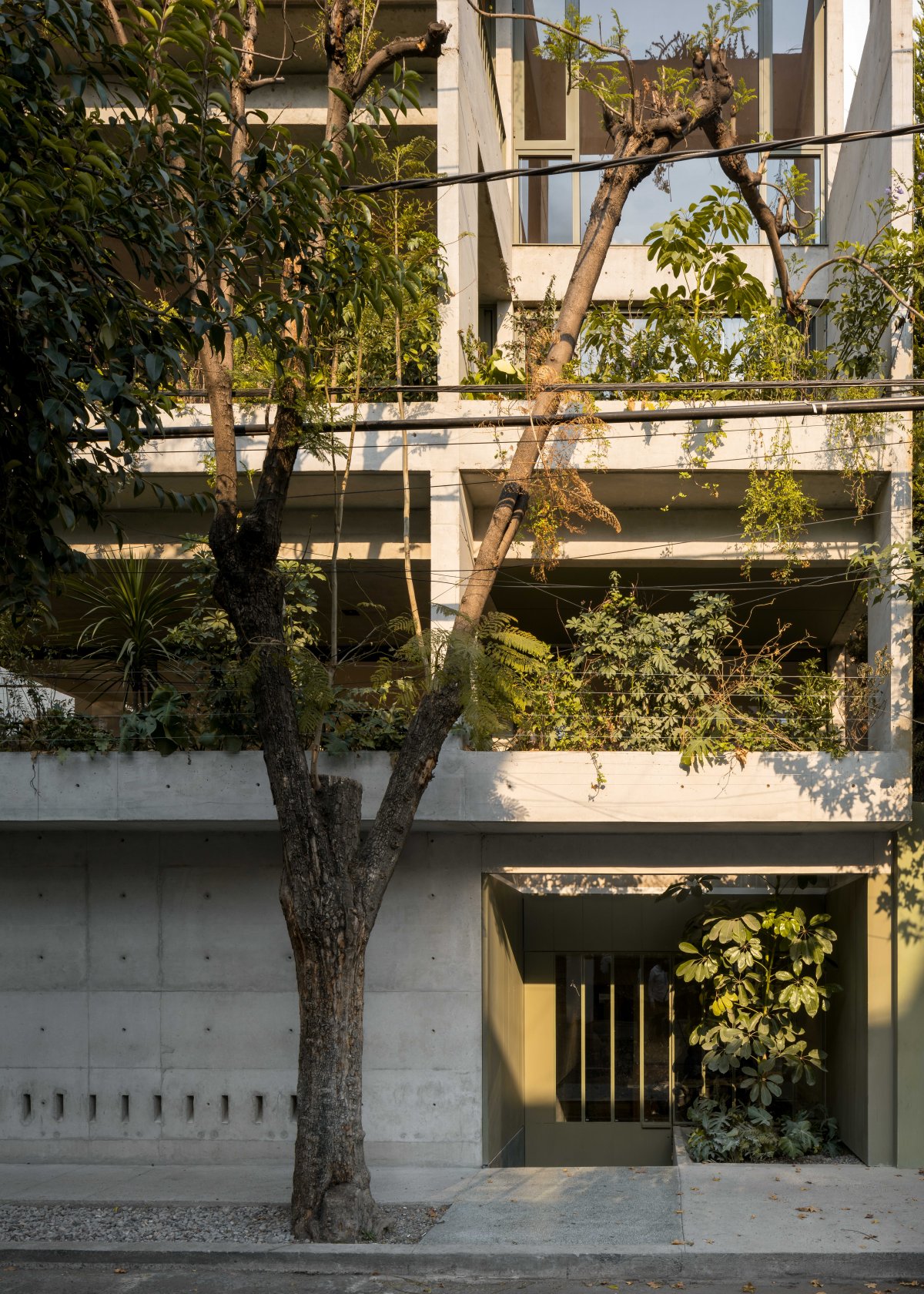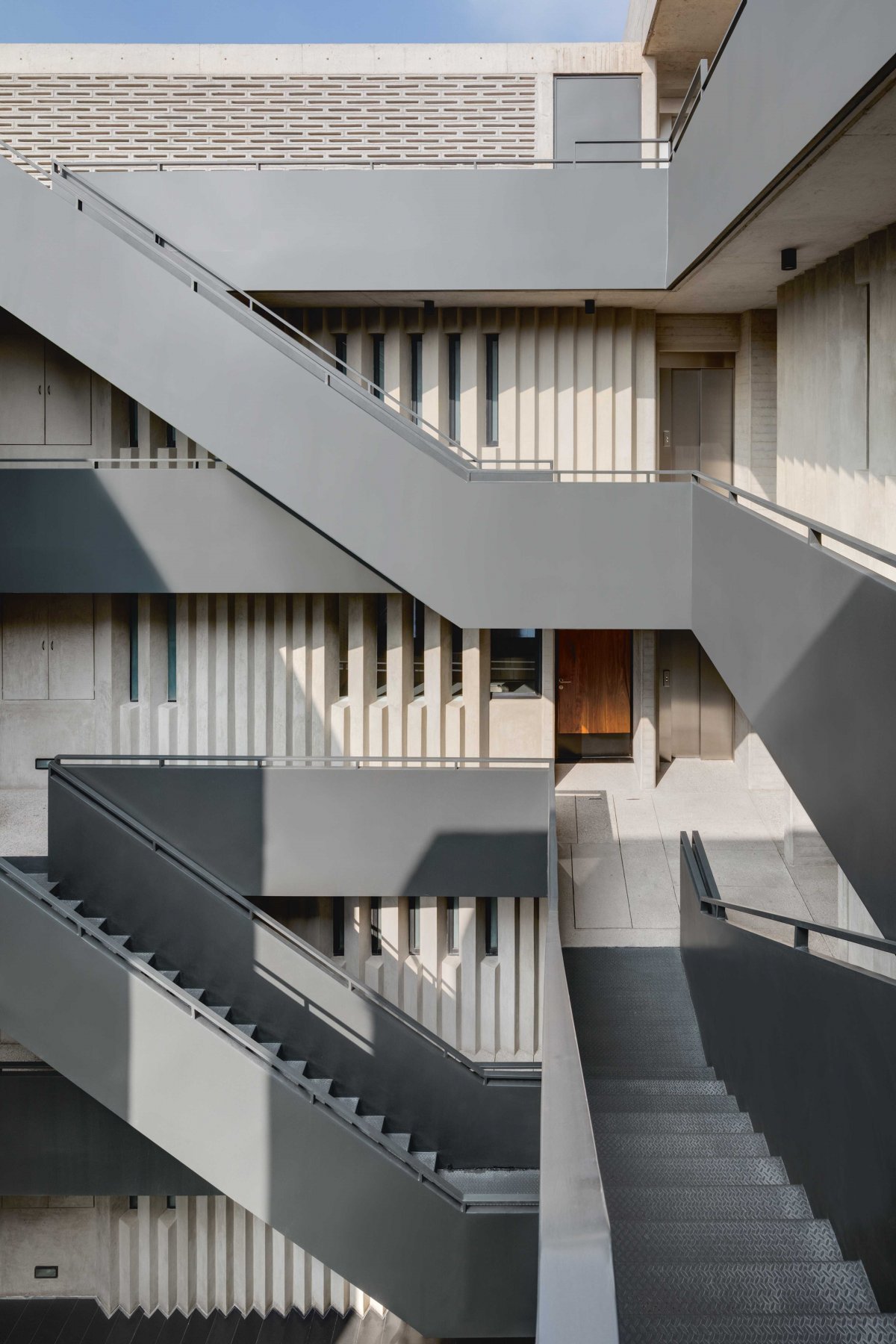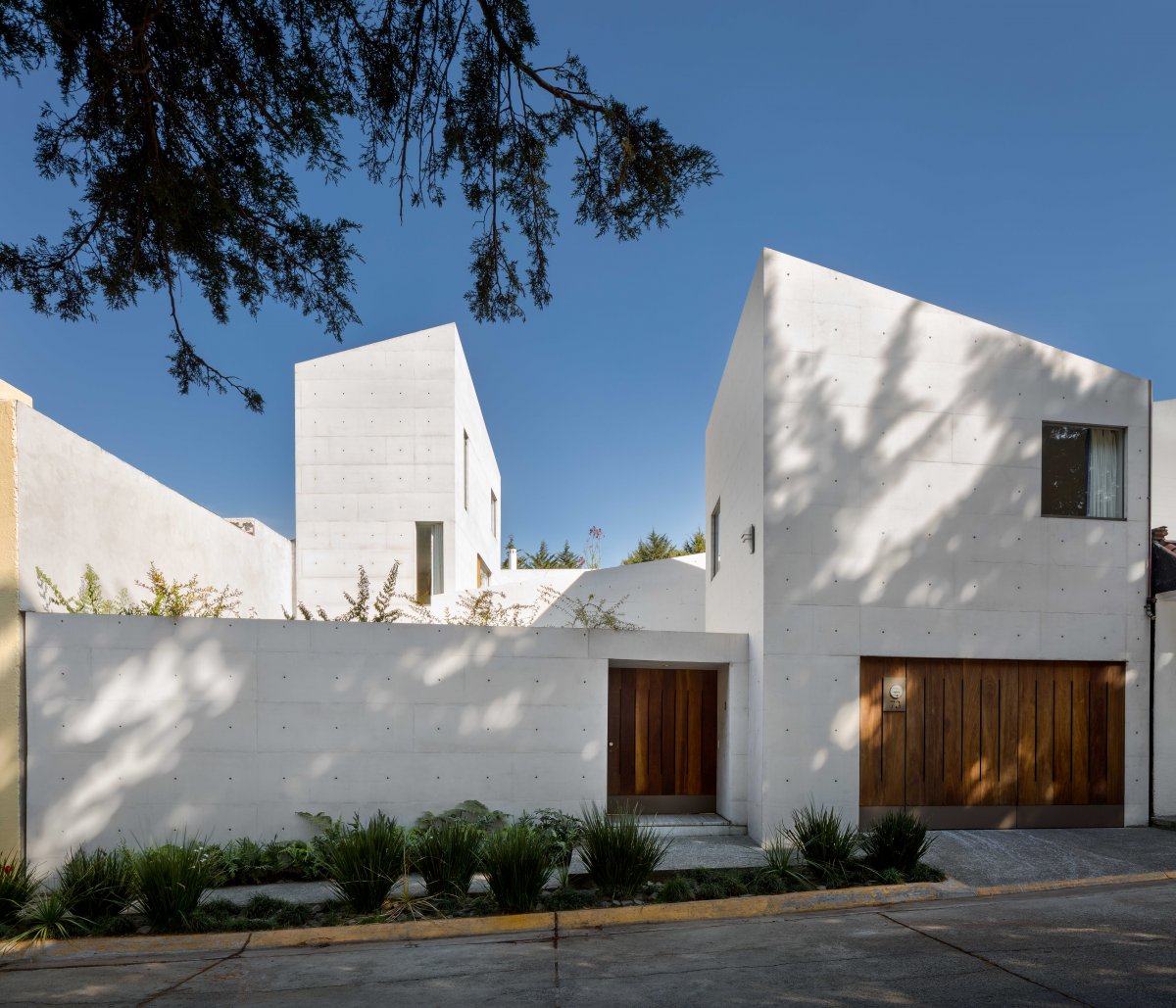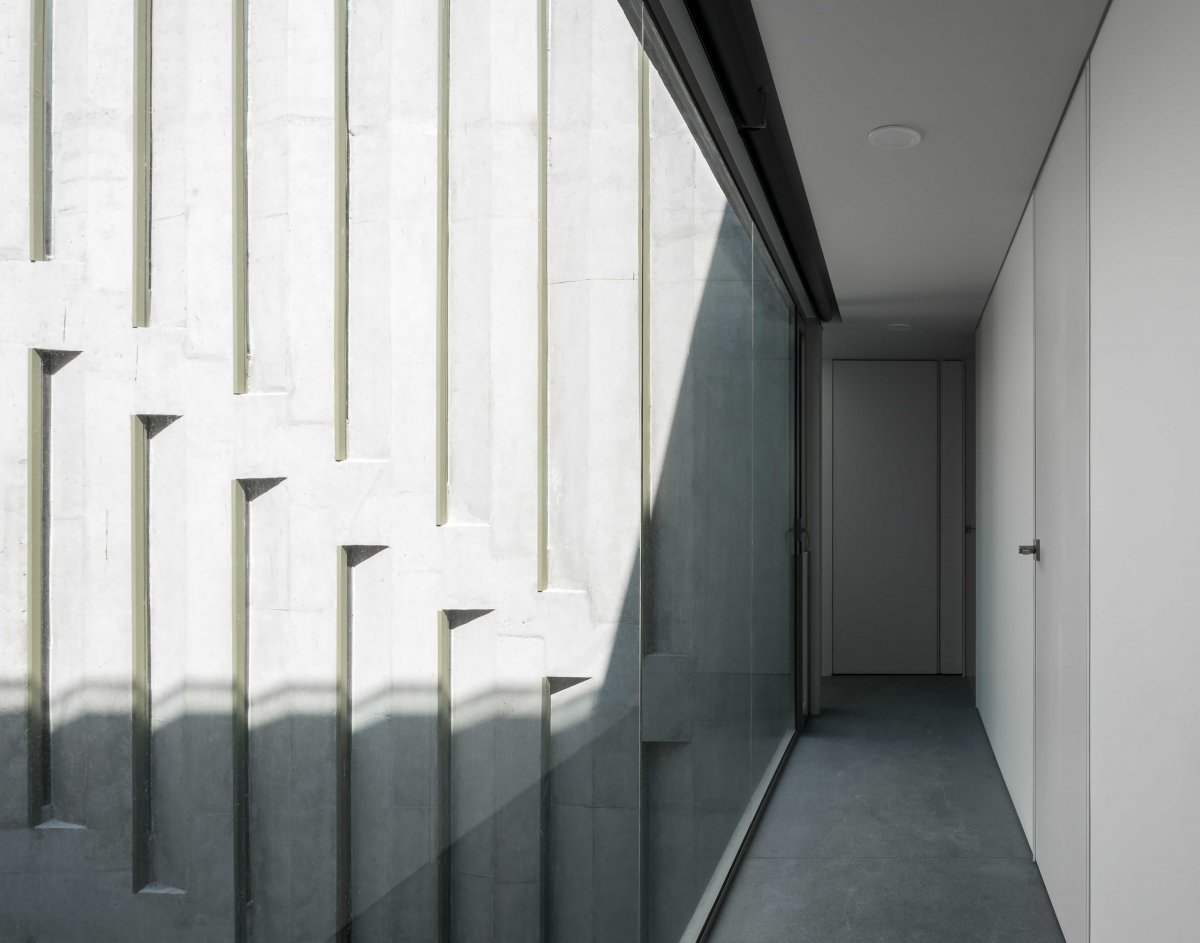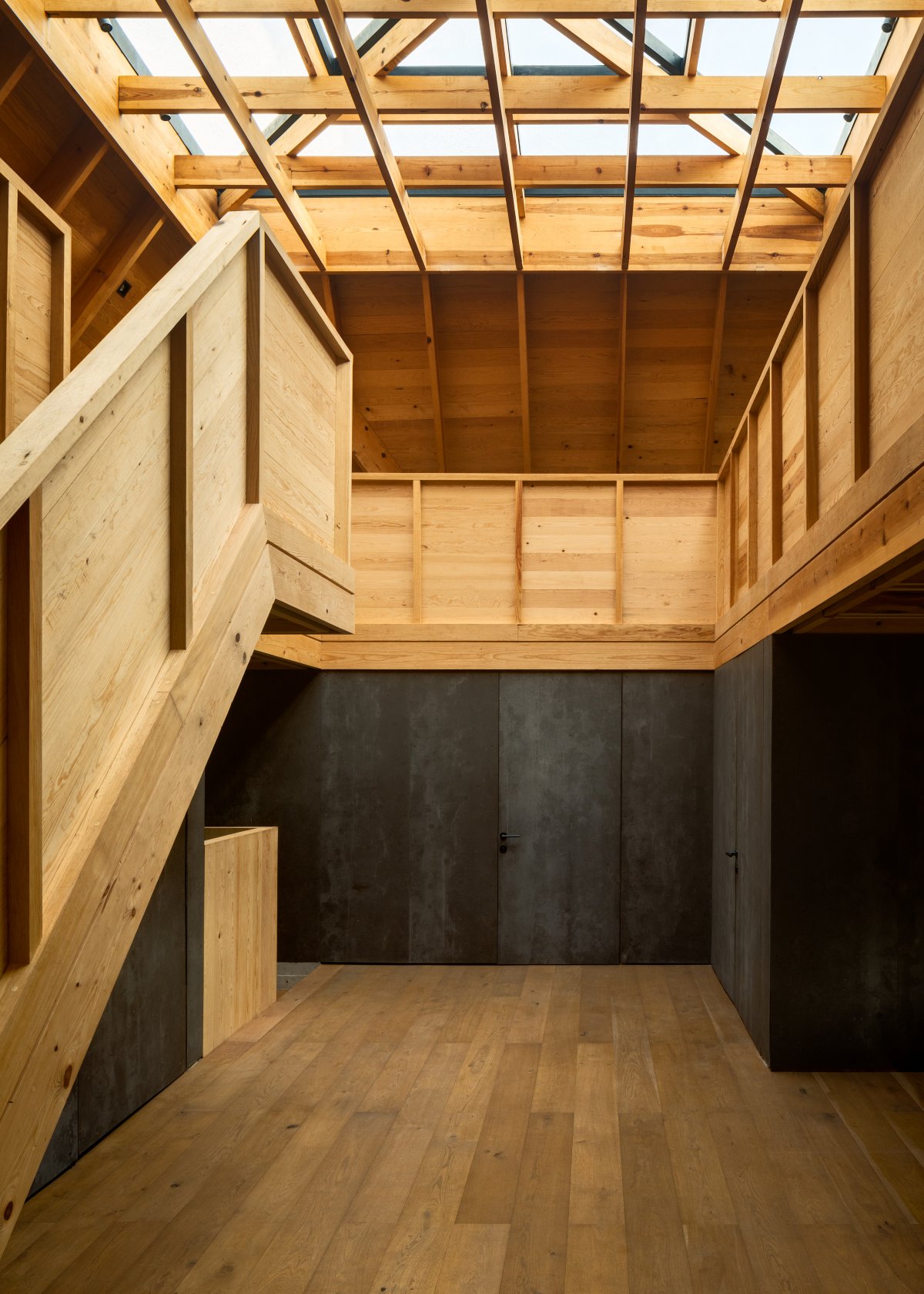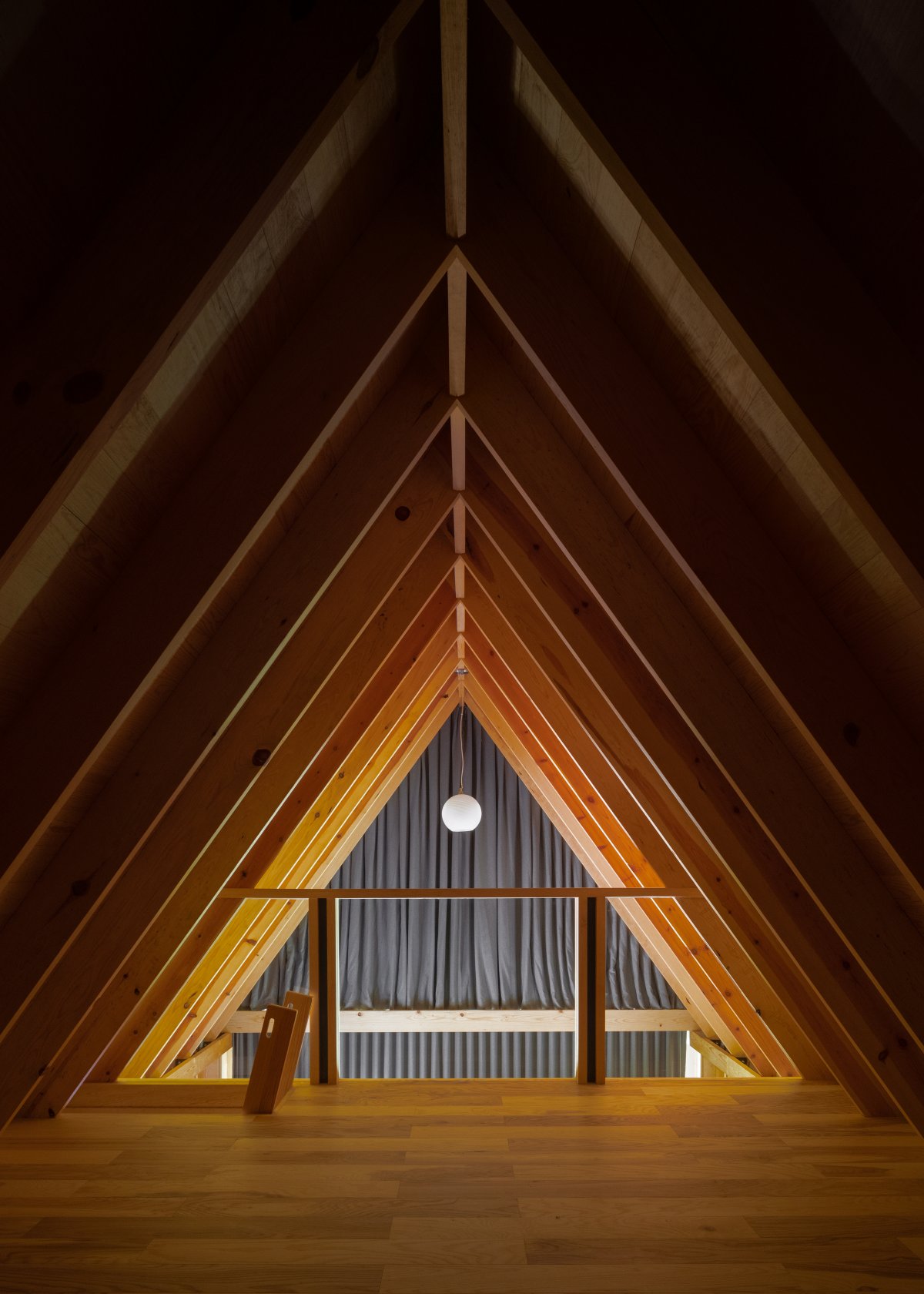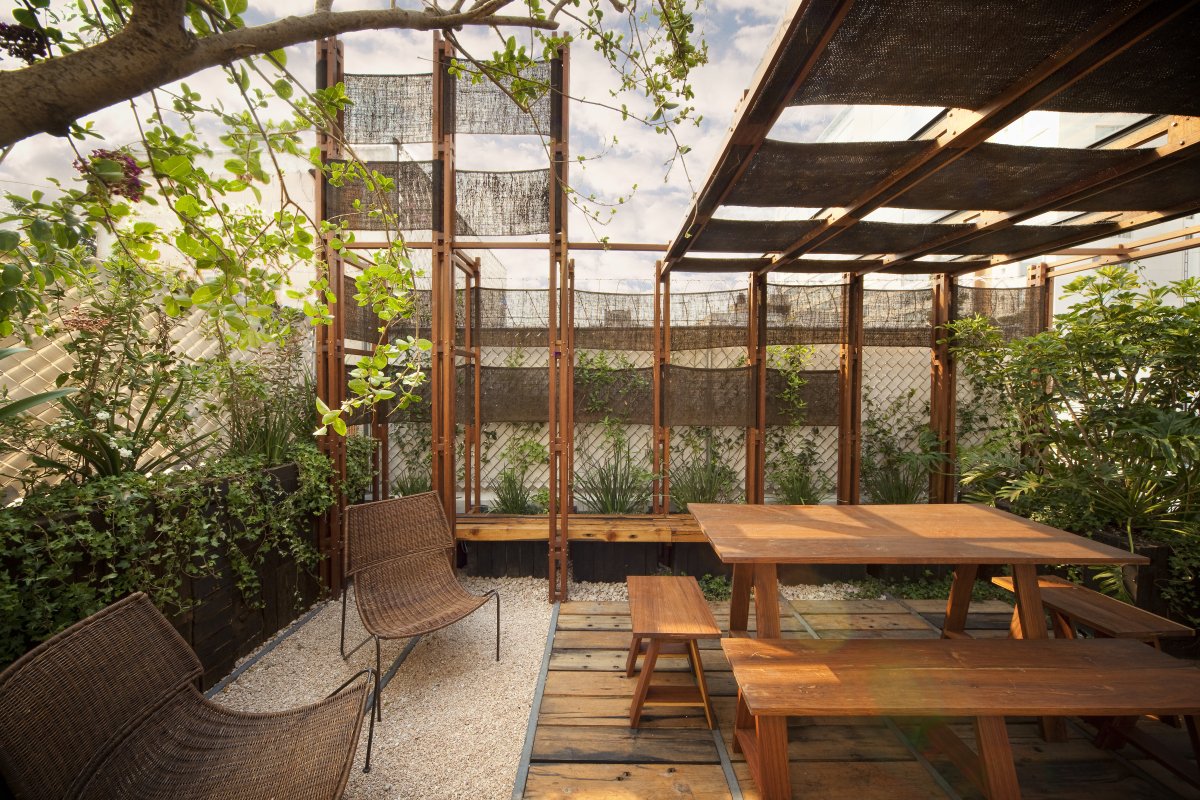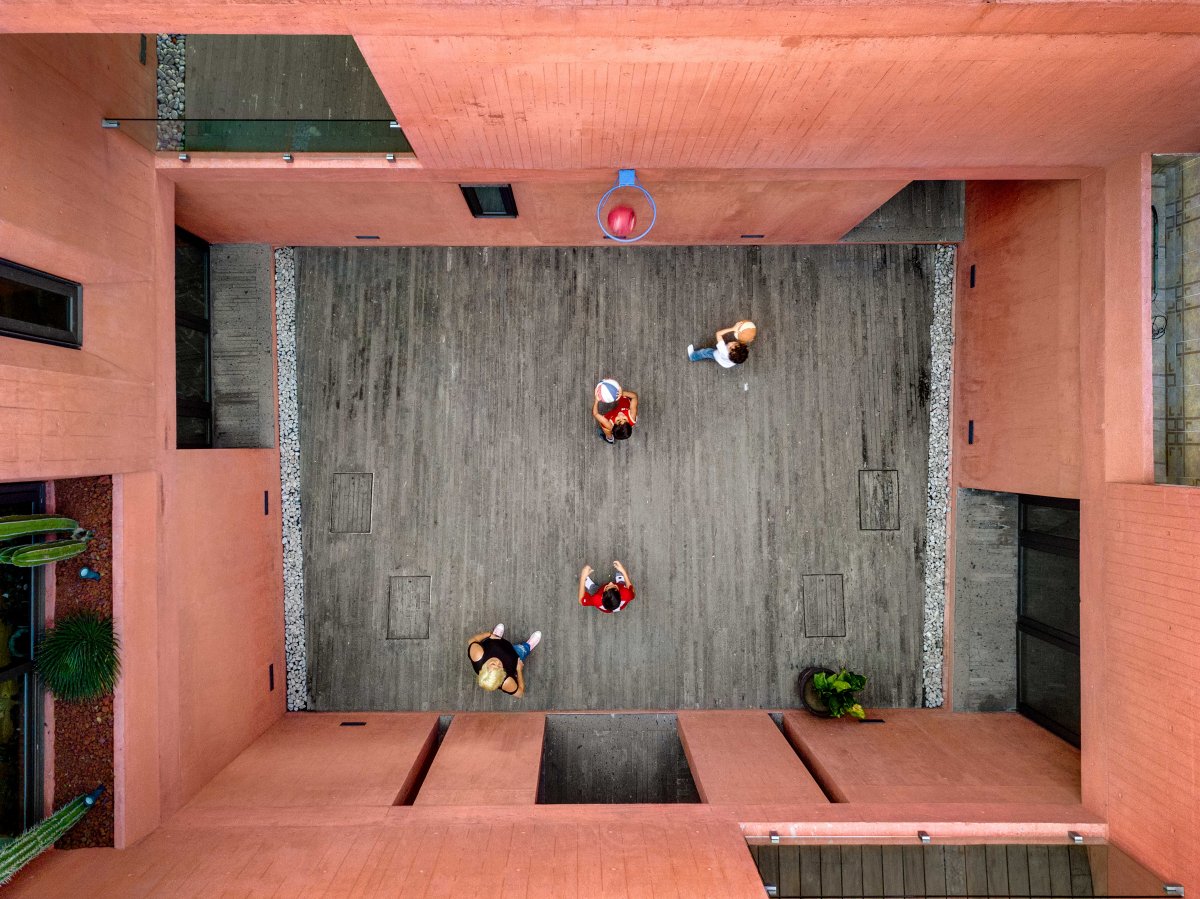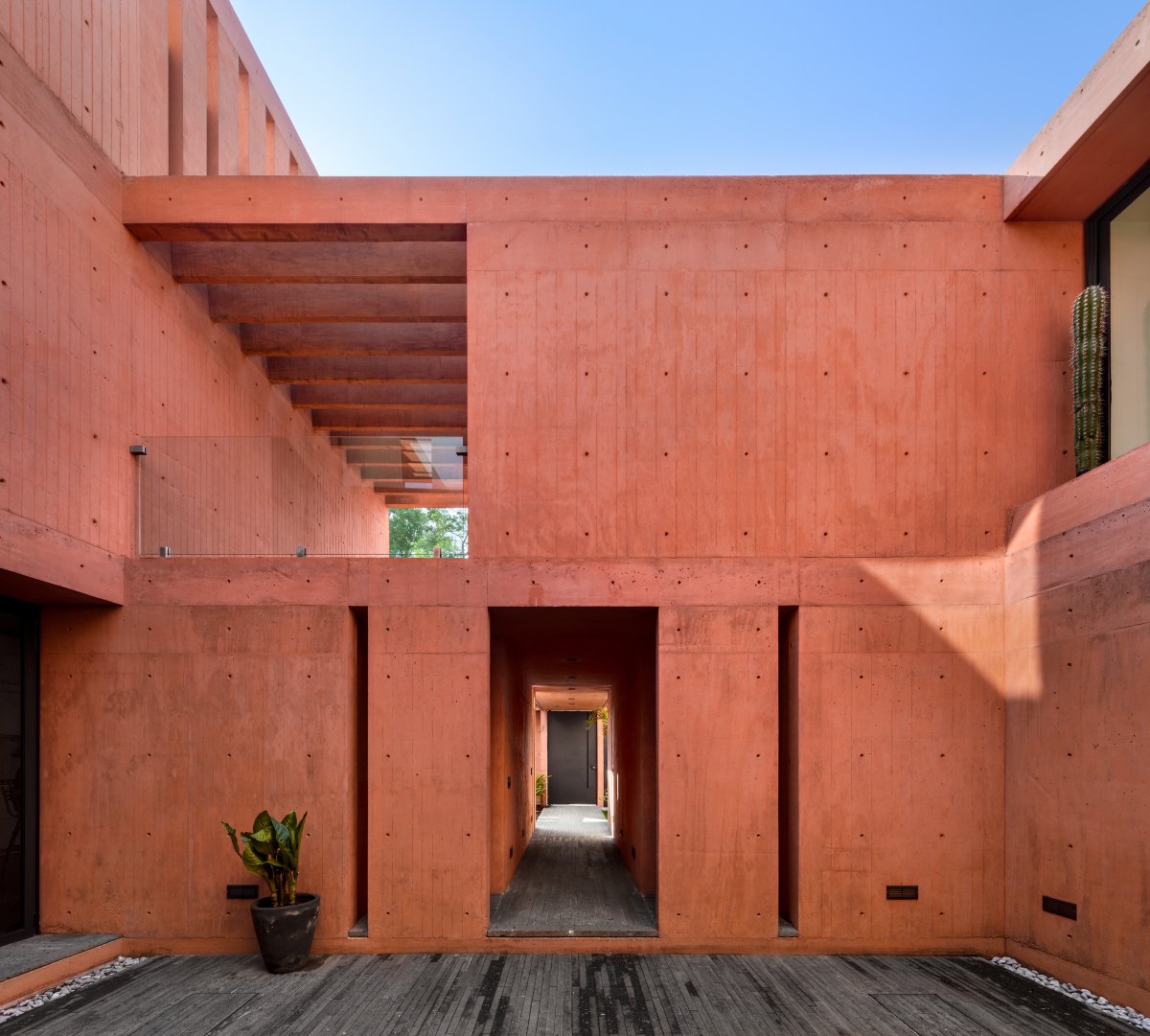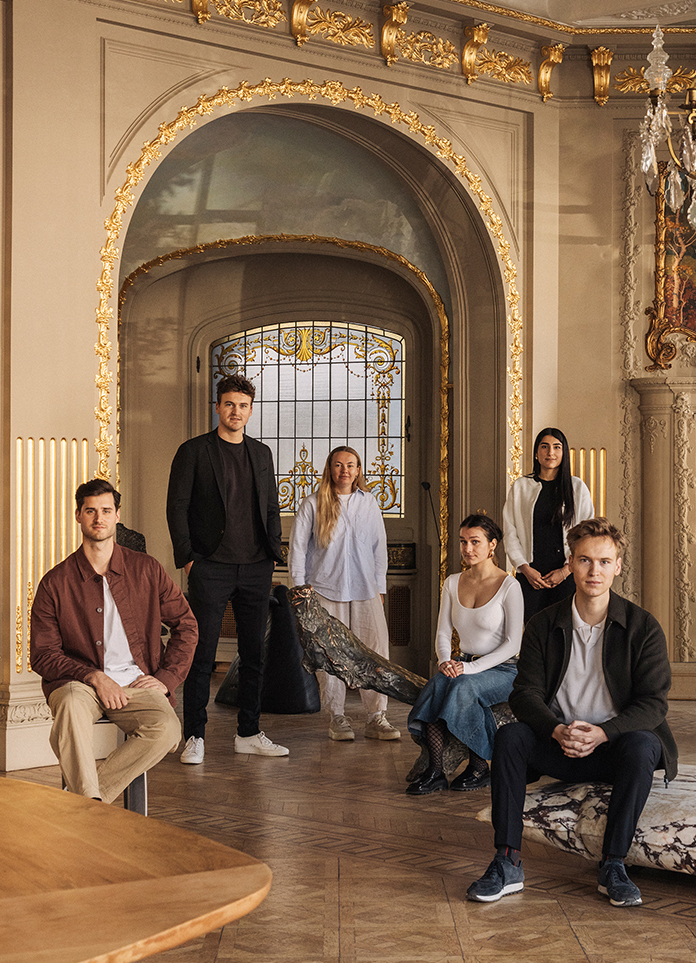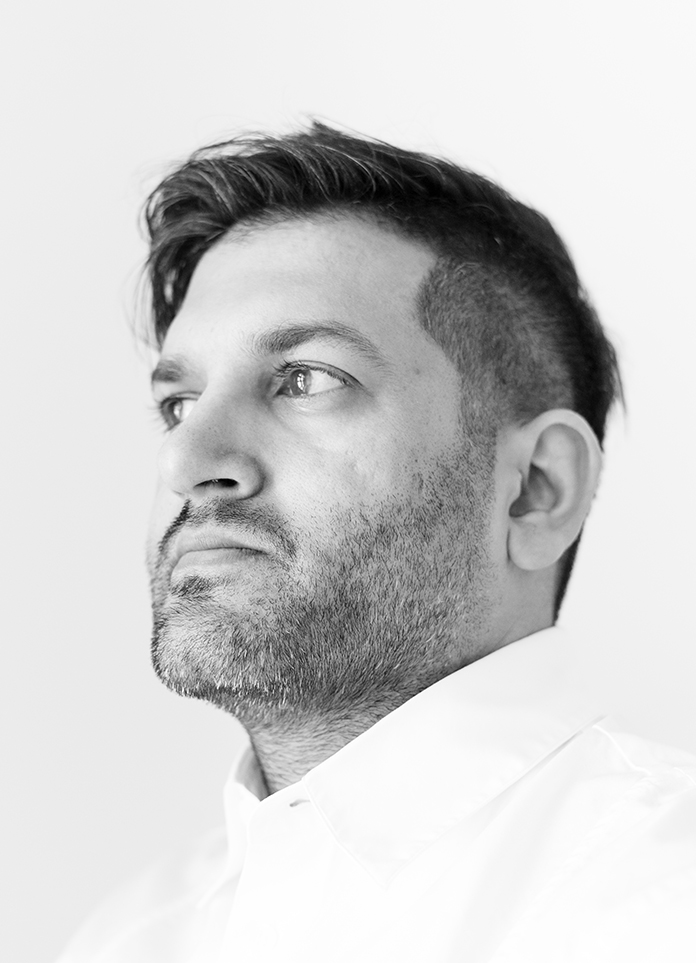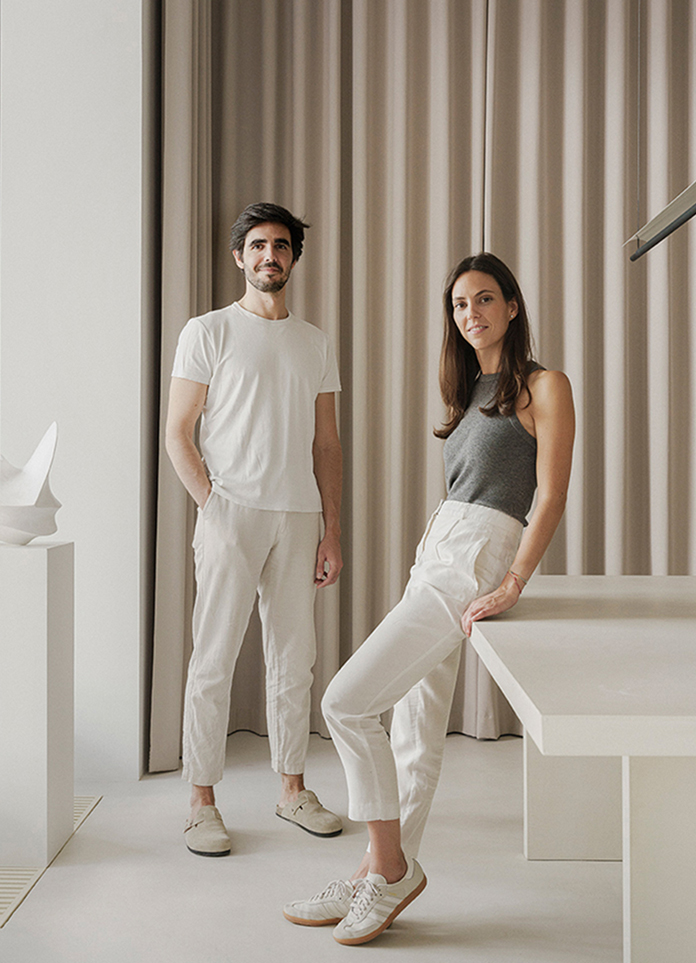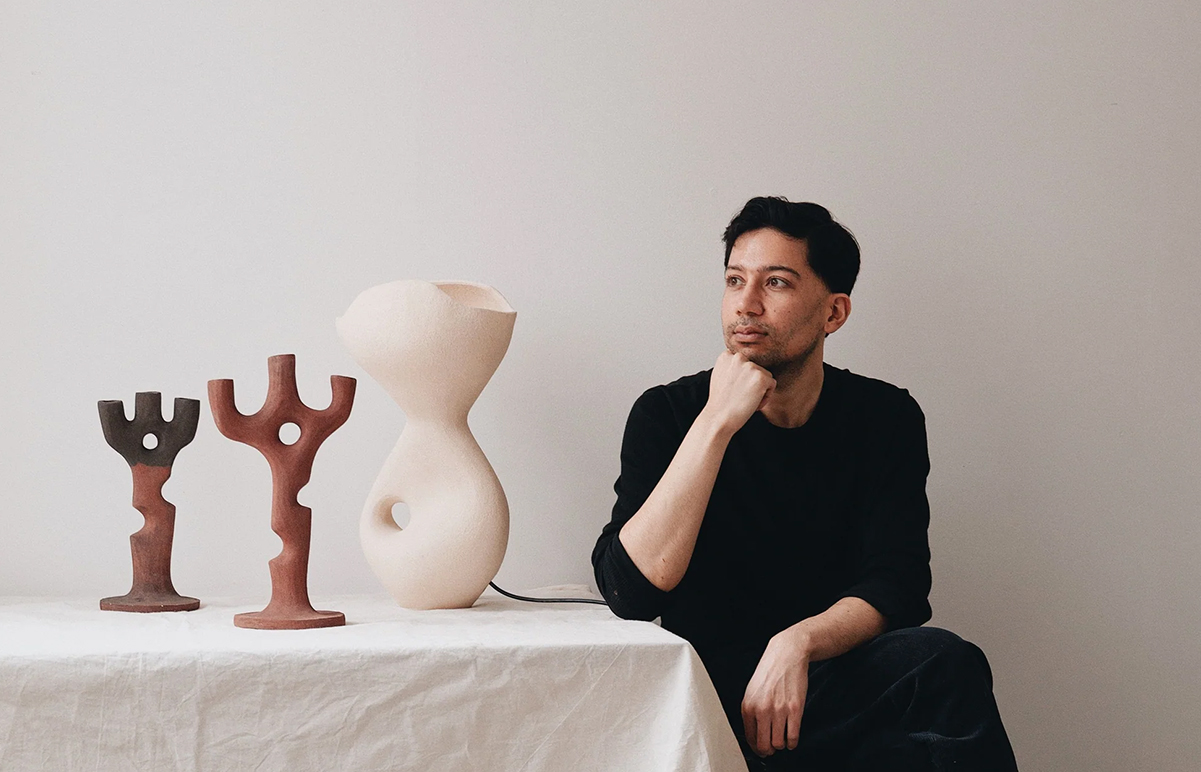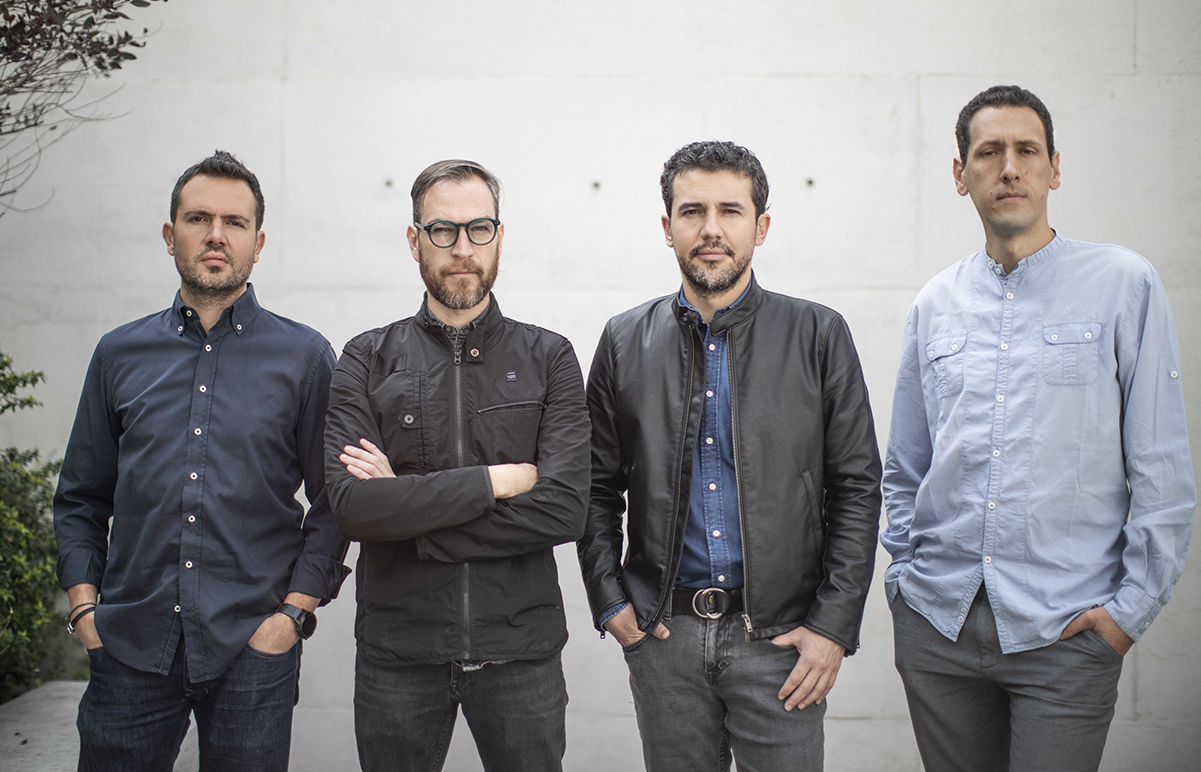
Yinterview.080 | Mexican Architecture Studio Estudio MMX
The mother art is architecture. Without an architecture of our own we have no soul of our own civilization.Frank Lloyd Wright
Through the ages, Mexico has nurtured many great architects and the culture that architecture has brought. Perhaps an architect is a builder as well as a great cultural creator, and the influence of architecture on local culture is profound to a certain extent.
Established in 2010, Estudio MMX was born as a collaborative team based in Mexico City, focused on design processes for the diversity of scales in the territory. Founded by Jorge Arvizu, Ignacio del Río, Emmanuel Ramírez and Diego Ricalde, it seeks a practice of participation, whose work, synthesis of the team structure, promotes the consolidation of its experience through a collective dynamic.
Yinjispace:The opportunity for the establishment of Estudio MMX?
MMX:Estudio MMX, roman numerals for 2010, was stablished as a collaborative practice from the start. We are four partners (Jorge Arvizu, Ignacio del Río, Emmanuel Ramírez and Diego Ricalde). Three of us studied together at the UNAM (The National Autonomous University of Mexico), while Jorge studied at Universidad Iberoamericana. We all worked for Mexican architect Alberto Kalach in different moments and, after our individual experiences studying and working abroad, we decided to test our collaboration (from different countries) in the competition for the Mexican Pavilion in the Shanghai Expo of 2010.
We confirmed that we had common interests and that we could work and have fun together and, after being selected as finalists, we thought we could start working, more formally, as an office. Since then, the Studio have always strived for collaboration and team work, and because each of us has distinct interests and talents, we have been able to develop a growing body of work that ranges in scales and points of view.
Yinjispace:What sparked your interest in architecture? How do you see this industry?
MMX:Each of us comes from different backgrounds, but the four of us have been close to architecture in different ways through our lives. In México, we have a very rich cultural heritage that is strongly related to space, landscape, the territory and the idea of materiality. Starting from the city we live in, to the available or feasible building technologies and materials, we constantly learn from its dynamics and limitations and we have developed a particular interest to analyze, participate, discuss and provoke this topics and open conversations.
Architecture, internationally but specifically in Mexico, has gravitated towards collaboration and teamwork both internally and between offices. The figure of the genius architect now seems archaic and unrealistic, since projects have evolved both in complexity and are now part of a global scope. We believe this kind of work helps the profession to achieve better and more thoughtful results. This is already happening in Mexico and hope that this stays for the future.
Yinjispace:The source of your design idea? Which design masters have inspired you? How would you define your design philosophy?
MMX:We start designing from a territorial understanding (regardless the size of the site). We always analyze the site and its components both in an urban and cultural way. Then we test many different ways to communicate with the site through a spatial system and we tend to look for flexible strategies that, often, arise from modularity and repetition. We base our designs in a strong interest in geometry, structure and practicality. We try to think of adaptive architectures that blur the lines between closed and open, between the built mass and its surroundings; an architecture that con avoid radical dichotomies.
We have been inspired by masters in the Mexican fields of architecture, arts and design. Architects such as Mathias Goeritz, Carlos Mijares, Carlos González Lobo, Felipe Leal, Mauricio Rocha, Alberto Kalach, Lopez Baz y Calleja, Isaac Broid and also, and more importantly, by our contemporary colleagues such as Macias Peredo, Ambrosi Etchegaray, Productora, Gabriela Carrillo, TO, Frida Escobedo, among many other interesting offices. Masters as Hassan Fathy, Louis I. Kahn, Pierluigi Nervi, Renzo Piano, Moshe Safdie, Zaha Hadid (and many others) are part of our references.
Our design philosophy starts from team culture. Our office is comprised of a small but very capable team that seeks and results in working in a collaborative horizontal manner. Our practice operates in various scales, strategies and materials in order to achieve the biggest impact with the smallest action possible. The positive effect is usually born from the contexts and the site, budget restrictions, massing options, geometrical coherence and architectural form.
Yinjispace:How do you see the relationship between space and materials? What is your favorite material?
MMX:As mentioned before, our spaces are a result of the careful understanding of the site and its territory, therefore its materiality should reflect the building techniques and local construction knowledge in order to achieve a coherent intervention.
As for our favorite material, we can say we don’t have any. We have worked with ropes, chains, wood, stone, bamboo, steel and concrete (this last being the most used in Mexico) but the decision, again, comes from the understanding of the site, the climate, the budget, the client taste and needs, the structural system and the processes involved in the construction of someting.
Yinjispace:In your career, the most impressive project?
MMX:It is difficult to decide on a favorite project, as all have presented a singular challenge and resulted in interesting discoveries, learnings and design exercises. If we had to choose one, it would probably be the first competition we won as an office; the ECO Pavilion. There because we tested some of our main or basic ideas and envisioned a simple system that resulted in a powerful space.
Yinjispace:How do you view oriental culture?
MMX:We see oriental culture as an example of organization, harmony and respect. This, among other values, is present in their design as spaces that incorporate landscape, materials, scale, light, order and delicacy; All this are values and characteristics which are also interests of our office. We have met with Asian designers and practices. We have learned many interesting things, stories and strategies from them and we are always looking for collaborations that could merge different visions and architectures.
- Architect: Estudio MMX
- Words: Xran
